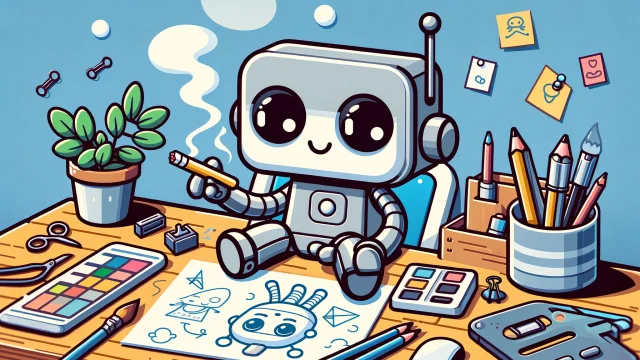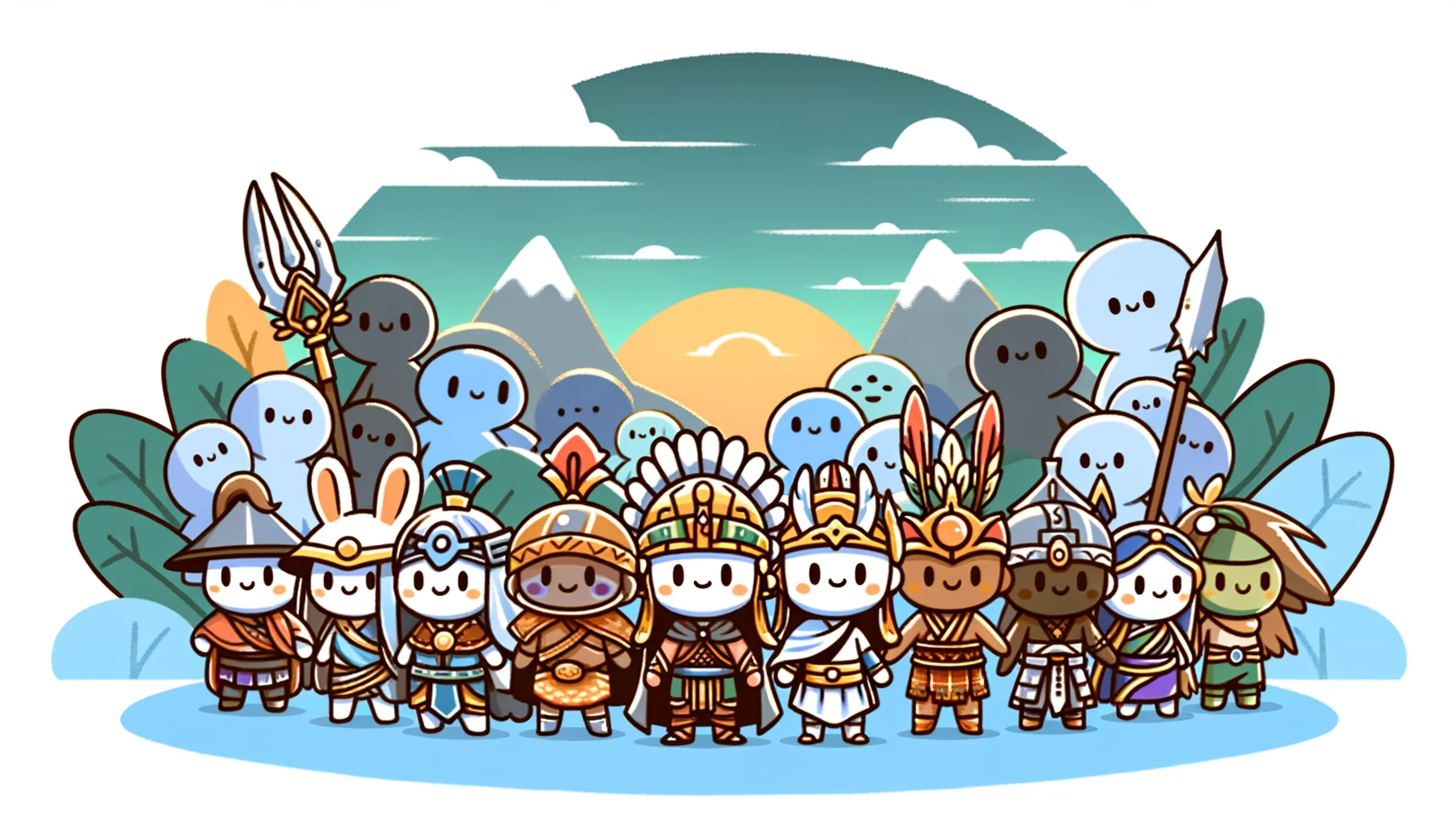Exploring the Concept of Death in Dragon Ball: The Meaning of “Die” in the Series
The theme of death, symbolized by the word “die,” plays a significant role in the Dragon Ball series. While death is often a tragic and irreversible concept in most narratives, Dragon Ball introduces unique interpretations through the Dragon Balls, afterlife realms, and resurrection arcs. These elements make death an impactful yet flexible part of the story.
This article explores how the concept of death is portrayed in Dragon Ball, its narrative significance, and how it affects the characters and the franchise as a whole.
- 1. Death in the Dragon Ball Universe
- 2. Notable Deaths in Dragon Ball
- 3. The Role of the Dragon Balls
- 4. The Afterlife in Dragon Ball
- 5. Philosophical Implications of Death in Dragon Ball
- 6. Death as a Storytelling Tool
- 7. Fan Perception of Death in Dragon Ball
- Conclusion: The Complex Role of Death in Dragon Ball
1. Death in the Dragon Ball Universe
In Dragon Ball, death is not always permanent. The presence of the Dragon Balls and afterlife dimensions like King Yemma’s palace or Other World allows the characters to approach death with a unique perspective:
- Temporary Nature: Many characters die but are brought back to life through the Dragon Balls or other means.
- Symbol of Growth: Death often serves as a turning point, motivating surviving characters to grow stronger or seek justice.
2. Notable Deaths in Dragon Ball
Several iconic moments in the series revolve around characters dying, which often drive the story forward.
2.1. Goku’s Sacrifices
Goku’s selfless nature is highlighted in his sacrifices:
- Against Raditz: Goku dies during the fight against Raditz, allowing Piccolo to kill them both with a Special Beam Cannon.
- Cell Saga: Goku sacrifices himself to save Earth by teleporting Cell away during his self-destruction.
2.2. Krillin’s Deaths
Krillin’s multiple deaths are pivotal moments:
- By Tambourine: Krillin’s murder by Tambourine marks the beginning of Goku’s quest for vengeance in the original series.
- By Frieza: Krillin’s death at the hands of Frieza triggers Goku’s first transformation into a Super Saiyan.
2.3. Vegeta’s Redemption
Vegeta’s sacrifice during the Majin Buu saga is one of his most memorable moments:
- Self-Destruction: In an effort to atone for his past sins, Vegeta sacrifices himself to destroy Majin Buu, showcasing his growth as a character.
3. The Role of the Dragon Balls
The Dragon Balls allow characters to undo death, creating opportunities for:
- Resurrection: Wishes made to Shenron or Porunga bring back fallen heroes and sometimes entire populations.
- Second Chances: Characters often use their resurrection to pursue redemption or achieve new goals.
However, there are limits to the Dragon Balls’ power:
- They cannot revive someone who has already been brought back once (though this rule has exceptions).
- Certain deaths, like those of the Kais, carry cosmic consequences that are harder to reverse.
4. The Afterlife in Dragon Ball
4.1. Other World
The Dragon Ball afterlife, known as Other World, introduces unique realms and figures:
- King Yemma: Oversees the passage of souls to either Heaven or Hell.
- Snake Way: A path leading to King Kai’s planet, where dead warriors train to grow stronger.
- Hell: A place for villains, depicted humorously at times, with characters like Frieza and Cell enduring ironic punishments.
4.2. Training in Death
For Saiyans like Goku, death is not the end but a chance to train harder:
- Goku trains with King Kai after his first death, learning key techniques like the Spirit Bomb and Kaioken.
5. Philosophical Implications of Death in Dragon Ball
5.1. Sacrifice and Heroism
Many deaths in the series, such as those of Goku and Vegeta, highlight themes of sacrifice and the willingness to protect others at great personal cost.
5.2. The Value of Life
Despite the ability to reverse death, the series underscores the value of life:
- Characters often mourn their fallen friends, showing that death still carries emotional weight.
5.3. Growth Through Loss
The loss of loved ones motivates characters to grow stronger and push their limits, as seen with Gohan after Piccolo’s sacrifice.
6. Death as a Storytelling Tool
Death in Dragon Ball serves multiple narrative purposes:
- Raising Stakes: Death creates tension and urgency during battles.
- Character Development: It forces characters to confront their limitations and emotions.
- Introducing New Arcs: Many storylines begin with the death of a key character, such as Goku’s journey to Namek after Krillin’s death.
7. Fan Perception of Death in Dragon Ball
7.1. Criticism of Repeated Resurrections
Some fans argue that the frequent use of the Dragon Balls to undo death reduces its impact, making it feel less significant over time.
7.2. Appreciation for Sacrifices
Others appreciate the emotional weight of sacrificial deaths, such as Vegeta’s self-destruction or Goku’s willingness to give up his life for Earth.
Conclusion: The Complex Role of Death in Dragon Ball
In Dragon Ball, death is more than an endpoint—it is a transformative experience that propels the story forward. Whether through heroic sacrifices, emotional moments of loss, or the hope of resurrection, the concept of death adds depth and complexity to the franchise.
While the series’ unique approach to death may differ from traditional narratives, it reflects Dragon Ball’s central themes of growth, resilience, and the enduring bonds between its characters. Through its exploration of life and death, Dragon Ball continues to resonate with audiences, offering lessons about courage, sacrifice, and the pursuit of strength in the face of adversity.


